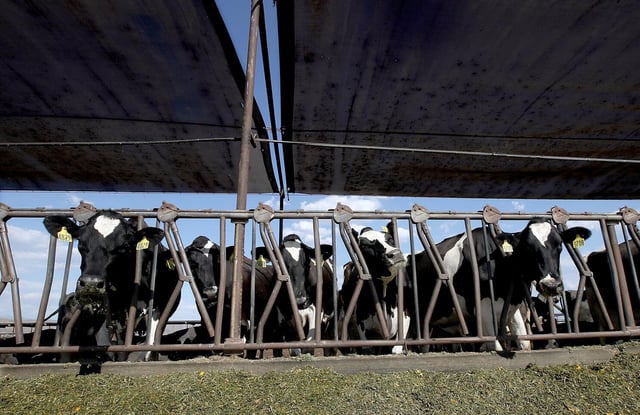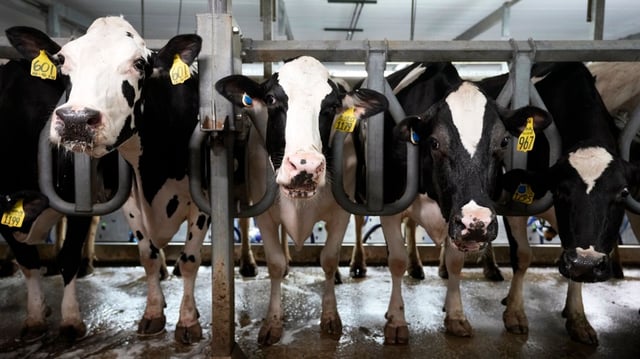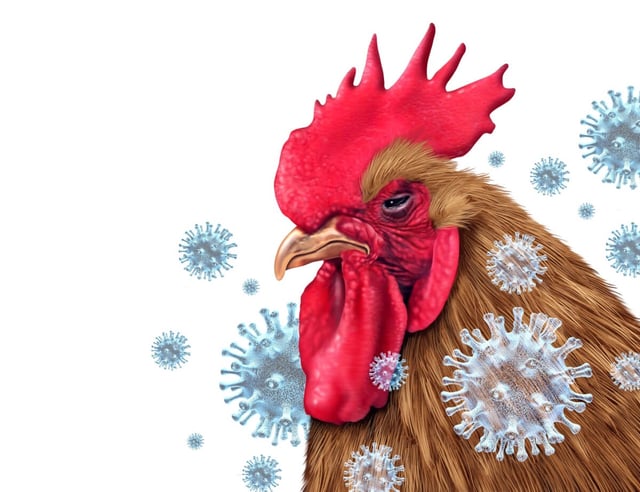Overview
- The H5N1 bird flu virus is now infecting a wider range of mammals, including cows, cats, seals, and minks, raising concerns about its ability to jump to humans.
- A recent study led by The Pirbright Institute highlights that current defenses against a potential bird flu pandemic in humans are inadequate, particularly in the U.S.
- The virus's ability to undergo genomic reassortment is making it highly adaptable and unpredictable, complicating control efforts.
- The CDC reported a case in Missouri where a person contracted H5N1 without known exposure to infected animals, underscoring gaps in surveillance and testing.
- Experts call for improved monitoring, better vaccine technologies, and enhanced data collection to prevent a potential human pandemic.



